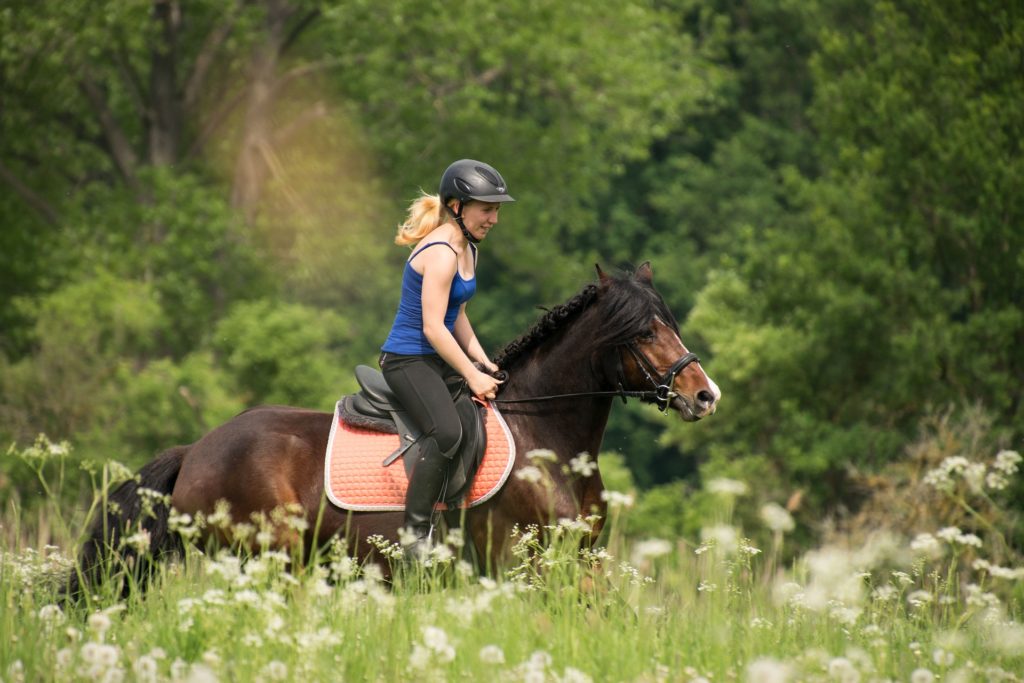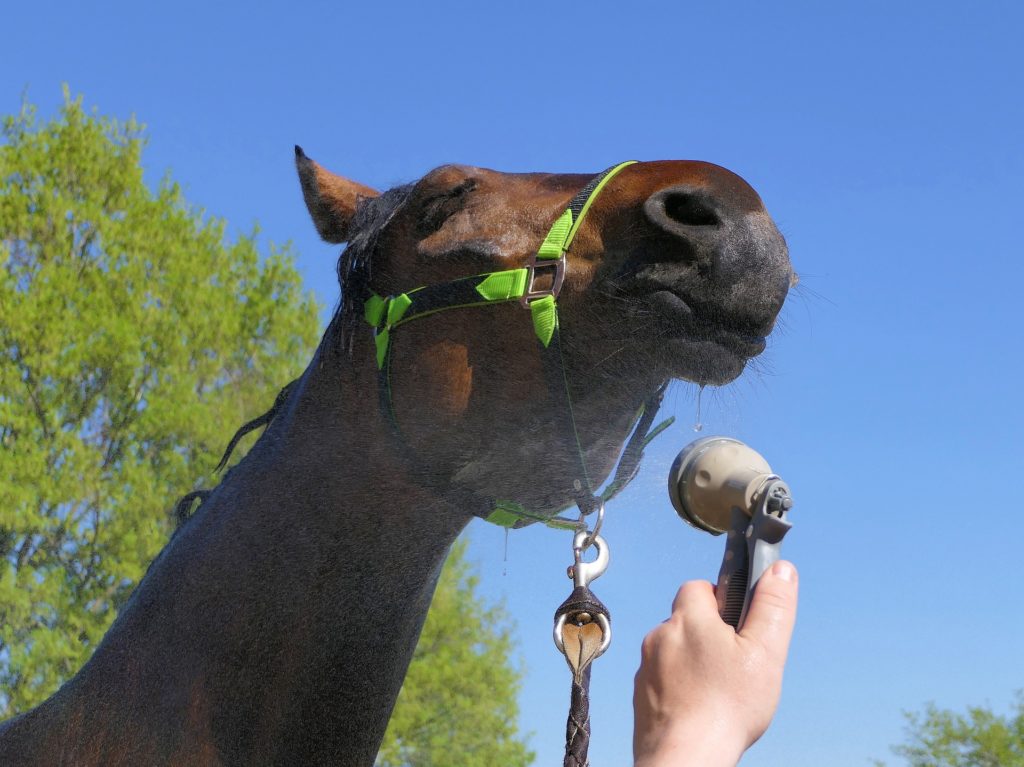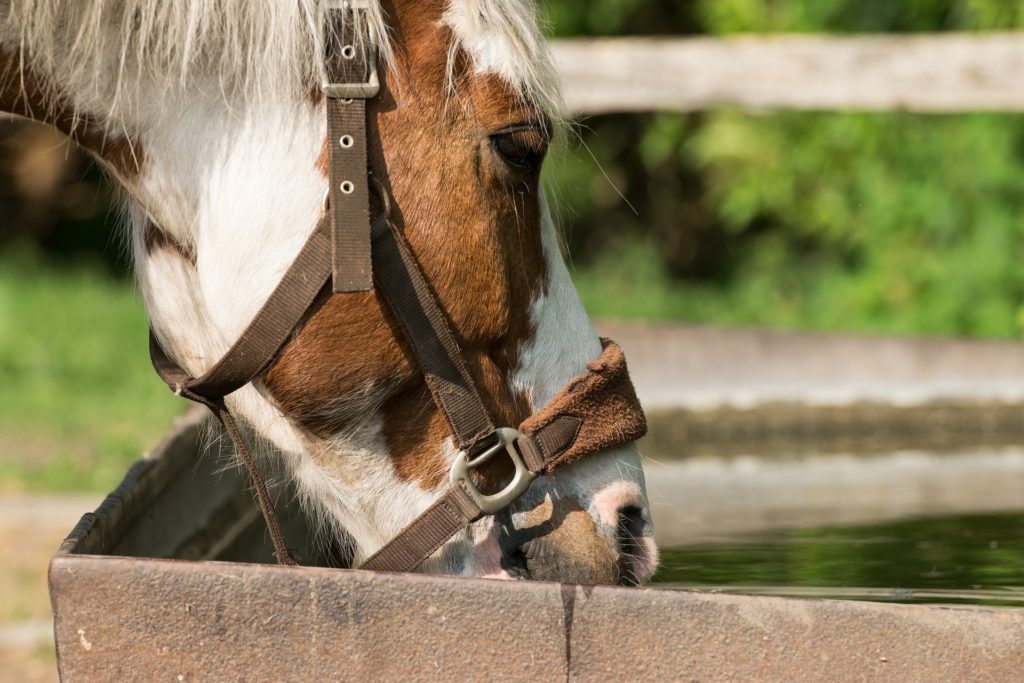

The Seaver team takes a break for the holidays
Orders placed between December 24 and January 5 will be shipped starting January 6.
Tuesday, July 23, 2019
The well-being of a horse, in general, is a very important very important factorparticularly with regard to performancebecause there is a direct correlation between a horse's well-being and its performance.. The horse's well-being must be absolute priority at all times. However, since we are in summerit's important to know how to maintain your horse's well-being during this season, especially in hot regions/countries.

Keep in mind that training stress is at its highest during the summer season. Unlike dogs and most other animals, horses have sweat glands all over their skin. When horses sweat, they create what we call "evaporative cooling".evaporative cooling". How does this work? During exercise, the muscles generate heatthen the sweat glands start to pumpincluding water but also dissolved minerals called electrolytes. When horses sweat, the water turns to gas and the sweat evaporates, drawing heat away from the skin and reducing the horse's body temperature.

Riders should not forget that when their horse sweats, it reduces his body temperature. Horses can contract hyperthermia due to intensive work in excessively hot or humid environments.
2.1 What is hyperthermia?
Hyperthermia, also known as heat strokeis generally due to the fact that the horse is unable to evacuate body heat. Its temperature rises very rapidly, leading to serious health problems which can become fatal. Hyperthermia exceeds the horse's thermoregulatory set point, resulting in a high high body temperature.
2.2 Causes of hyperthermia
As previously mentionedexposure to a very hot or humid environment can cause hyperthermia. There are also other causes :
2.3 Symptoms of hyperthermia
On a positive note, it's not difficult to diagnose hyperthermia, because when a horse is anxious or embarrassedhe shows symptoms and reacts strangely. Some of the symptoms are :
However, once again, riders shouldn't take it for granted that horses quickly show symptoms of hyperthermia and wait for the problem to occur before reacting. It is necessary to start this problem right from the start of the summer season.
In the following section, we'll look at ways of avoiding hyperthermia and/or the corresponding treatments.
Hyperthermia can be treated in a number of ways. Treatment must be carried out as quickly as possible, especially in severe cases, so that the horse can survive. The first step is to apply cold water on the skin, usually poured over the horse's body. Adding ice to the water can help in severe cases of hyperthermia. Another tactic is tofan the horse and lead it to a shady spot to reduce body temperature.

There are other ways to avoid hyperthermia:

In some cases, hyperthermia is detected too late. However, your Seaver equipment can help you to detect the problem immediately and before your horse's condition worsens. Seaver straps and girth guards allow you to monitor your horse's health data your horse's health during training, including cardio.

Our sensors measure the horse's the horse's heart rate in real time during each session toevaluate the intensity and monitor progress monitor progress (for more information on this feature: https: //seaverhorse.com/comprendre-la-fonctionnalite-seaver-frequence-cardiaque/). Two of the symptoms of hyperthermia are a pulse and rapid breathing and irregular irregular, rapid heartbeatwhich can be detected by the strap. The rider will then notice this on the app and be able to react as quickly as possible before the horse's condition worsens.
The application's cardio section also tells the rider the intensity of the work performed with the horse. As a result, if he is overtrained in a hot, humid environment, the app will show this immediately and the rider will be able to react quickly, which will also reduce the risk of hyperthermia.
See you soon for a new article,
The Seaver team 🙂